► Plus Six replacement driven
► New chassis, new promise of quality
► Same straight-six BMW engine up front
Morgan has actually made a car for the 21st century – there’s even a digital dash in this Supersport. New chassis, new design and a new focus on quality means there aren’t many areas where Morgan hasn’t gone in a bid to create a car that gets as close as any in its history to being a daily driver. There’s even a proper roof available now. Winter here we come…
At a glance
Pros: Excellent balance between ride and handling, steering feel, audio system, retro/modern looks
Cons: Gearbox can be sluggish in normal mode, wind noise at speed, brake pedal feel
What’s new?
A lot – in fact, the only area that Morgan hasn’t touched is the BMW straight-six.
The chassis (dubbed CXV) uses the same principle as the bonded aluminium, CX underpinnings of the Plus Six but has had so many revisions that Morgan has had to perform fresh crash tests. There’s 10 per cent additional torsional rigidity thanks to the design being forged in computer modelling, a figure that can be boosted by a further 10 per cent if you opt for the carbon hardtop (an optional extra at £4194).
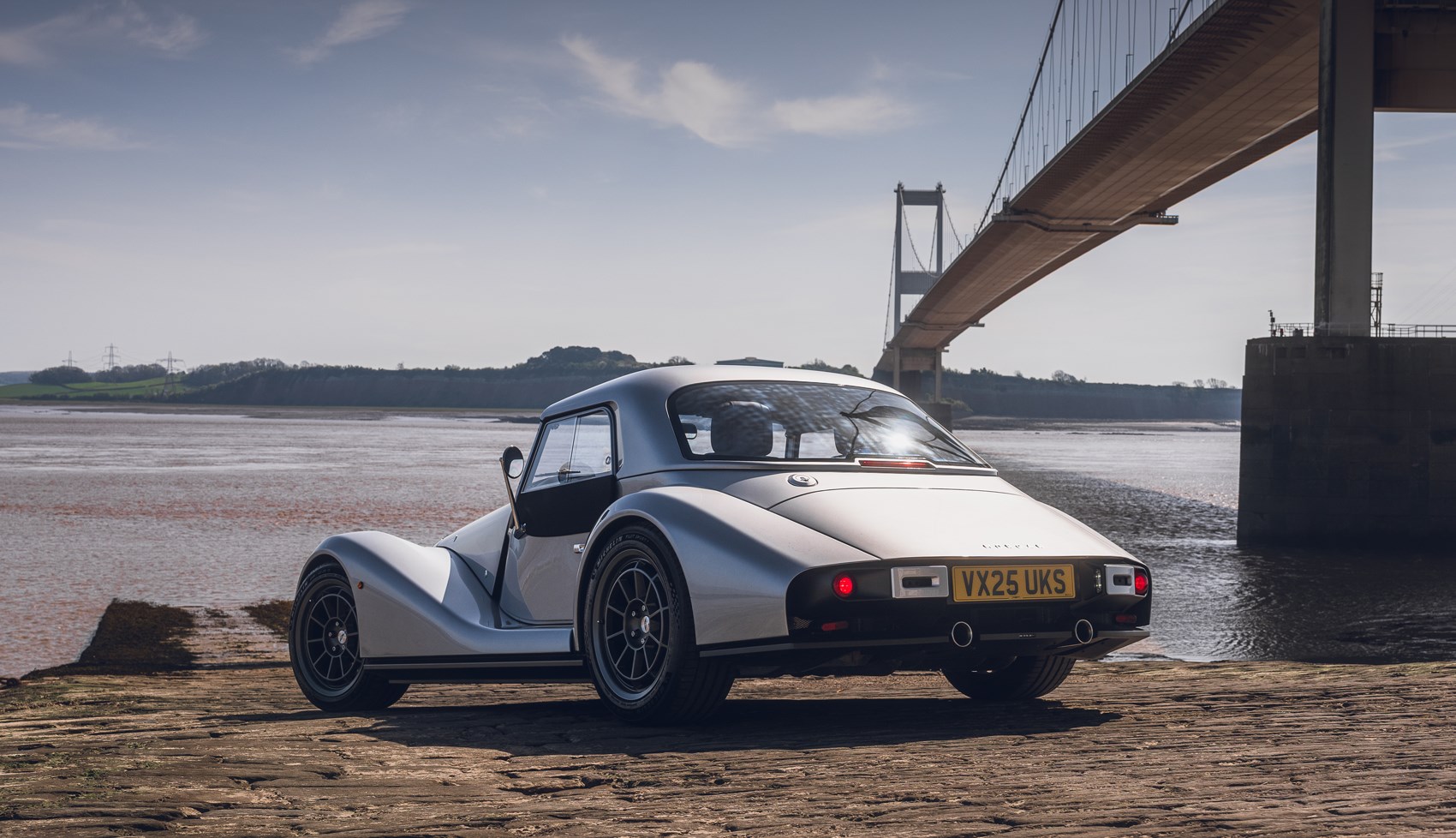
The electric power steering is claimed to be 13 per cent faster, drag is reduced by five per cent, lift reduced by 20 per cent. There aren’t even any louvres on the bonnet, that cooling job being done by neat ducts at the front and rear of the bonnet.
Traditionalists shouldn’t panic, though, as wood is still used as a frame for the body panels.
What are the specs?
335bhp and 369lb ft from the 3.0-litre BMW straight six combine with the 1.1-tonne kerbweight to give a 0-62mph time of 3.9 seconds. That’s quicker than every Porsche Cayman bar the GT4 RS and ahead of the Plus Six as well. This despite the Supersport weighing 20kg more than its sibling.
As standard, the car comes with Spax shocks but a £3000 upgrade gives you the single-valve Nitron dampers of our test car. Anti-roll bars are standard front and rear, unlike on the Plus Six, and it’s got wishbone suspension all-round.
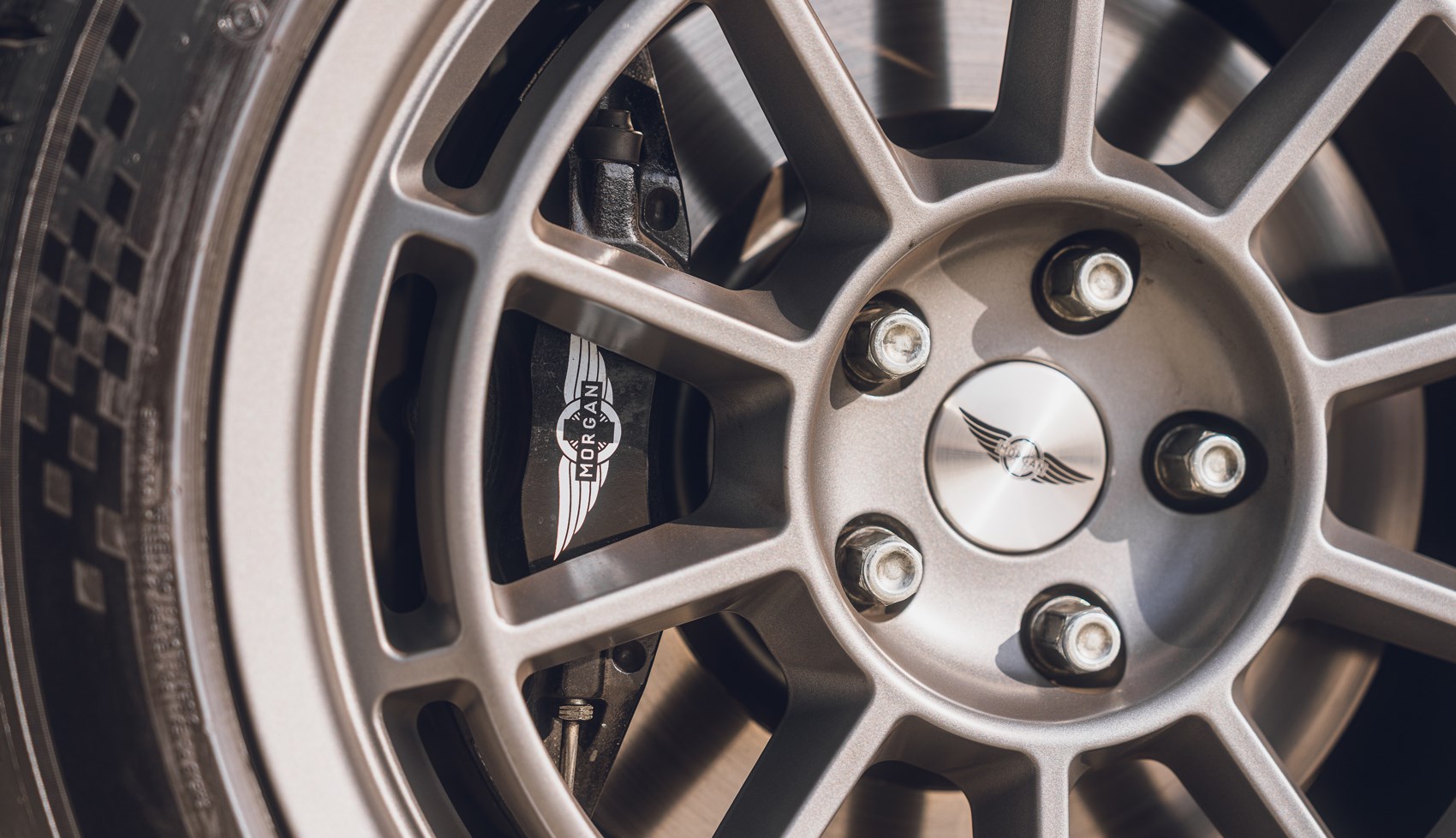
You can also spec a limited slip diff (£2340), again fitted to our test car. Lightweight forged ‘Aerolite’ wheels are possible, which save 1.1kg a corner.
What’s it like to drive?
The best way to sum it up is that it feels really well engineered – there’s no element that jars with another.
The steering, although electric, is full of feel and sharp enough to get the long nose turned in easily. What’s lovely about it is that the Supersport doesn’t feel like the tail is wagging the dog; there’s a nice balance to the chassis that means the nose and rear flow through a corner as one.
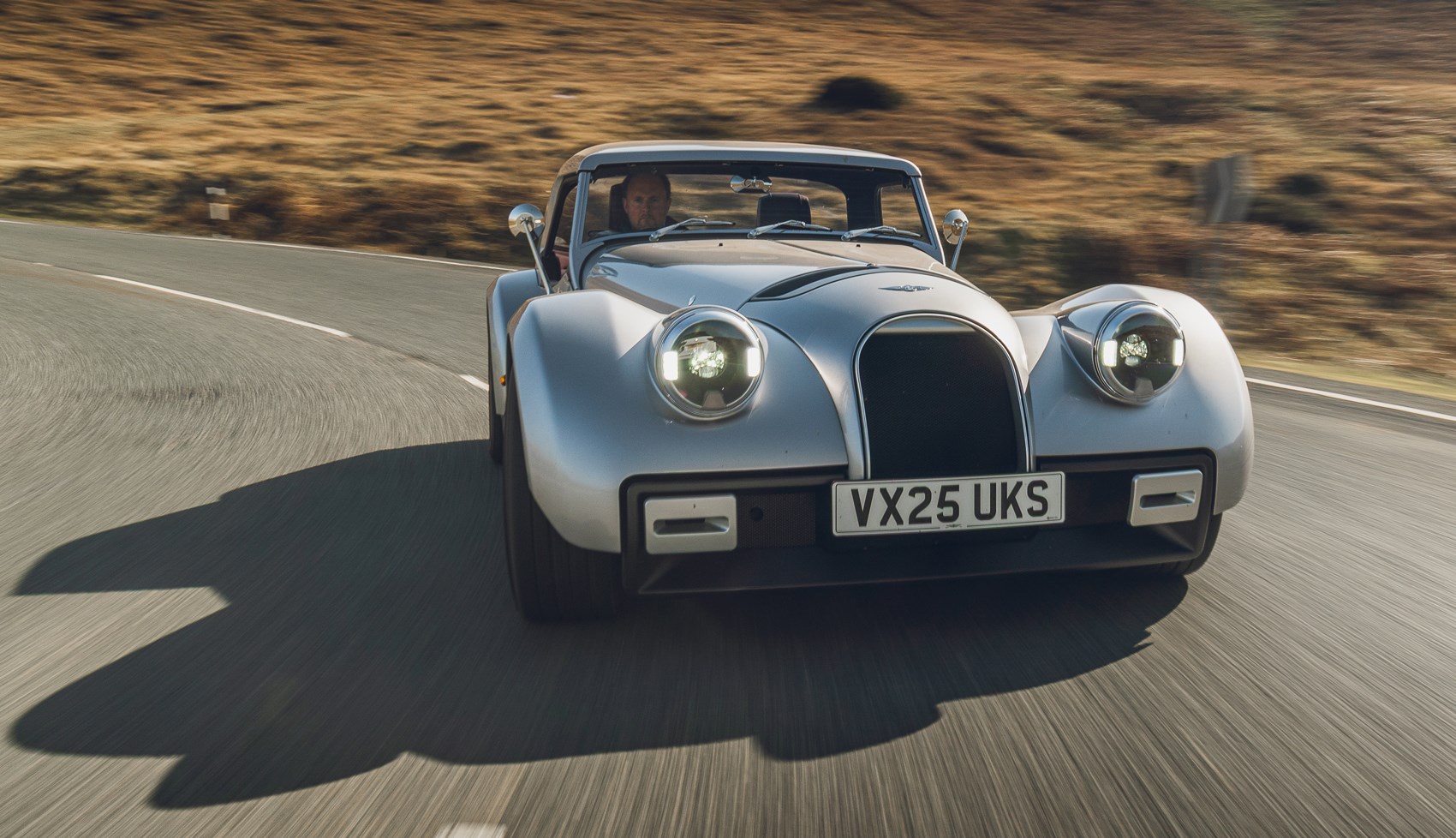
Morgan has worked hard on eliminating squat under power and you can really feel the benefits of that effort, as the car remains effortlessly stable under hard acceleration.
It’s also impressive how it manages to ride bumps well but also handle. The tuning of the Nitron shocks is such that if you hit a lump at one corner, it doesn’t transmit to the other side. It gives the car a feeling of all-round competency and means you don’t tiptoe down a road in fear of it surprising you. There’s body roll, sure, but this helps give the car some character as you chuck it into a corner hard – it’s not an anaemic sports car.
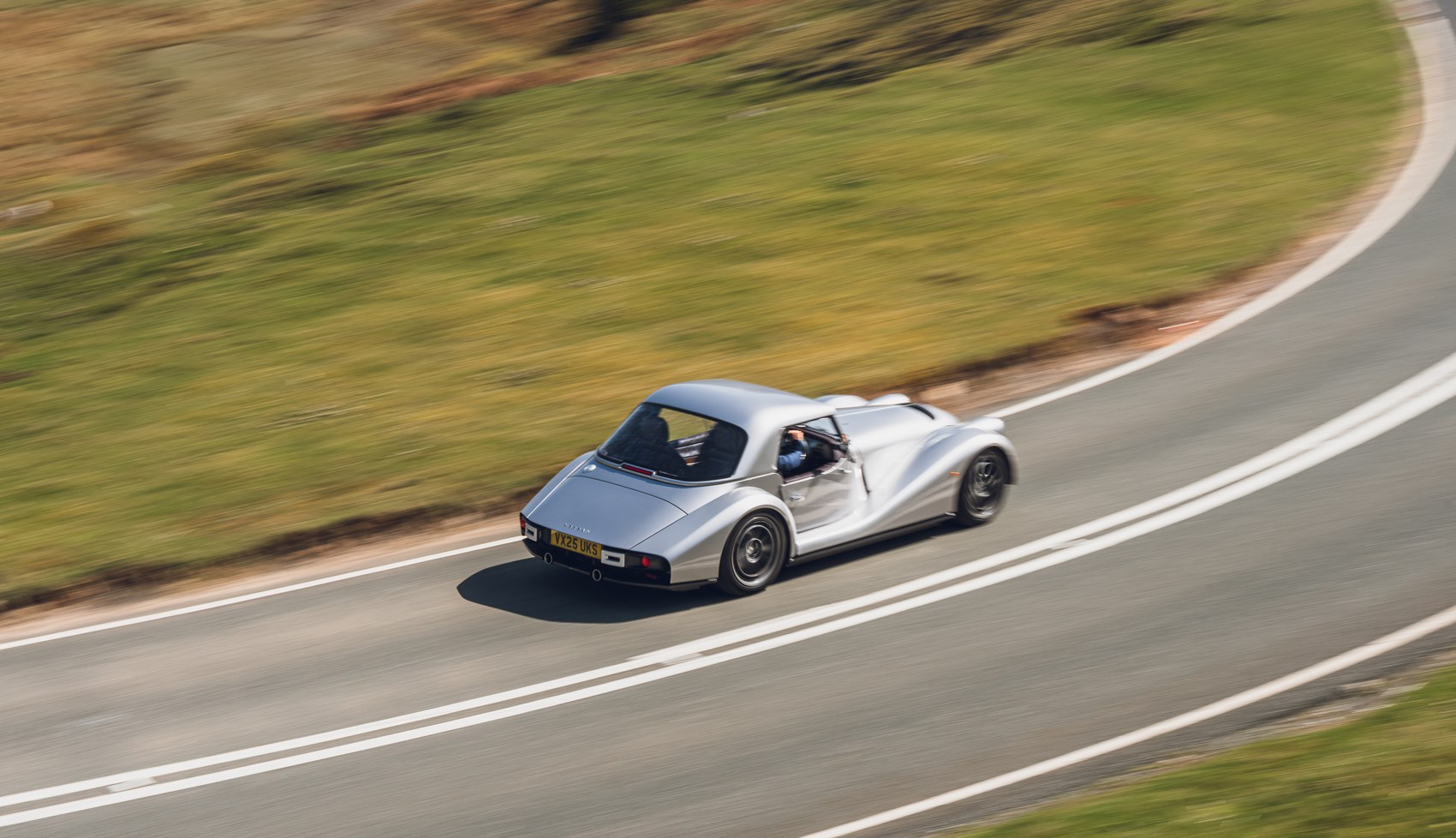
Improvements? I’d like more feel at the top of the brake pedal as it’s too numb and the gearbox could do with being a bit zippier in normal driving. It’s fine once you press on (especially in Sport or Sport+ modes) and works well in manual, but in auto it can get caught out when you coast into a roundabout.
What’s the interior like?
Ours was a prototype car but even so it felt incredibly well screwed together. There was a robustness to the controls and leather trim that has never been there in any previous Morgan – I prodded every surface but each felt solid and creak-free.
Only the hardtop emitted the odd squeak but Morgan flagged this before I got in the car to say this is not how a customer Supersport would leave the factory.
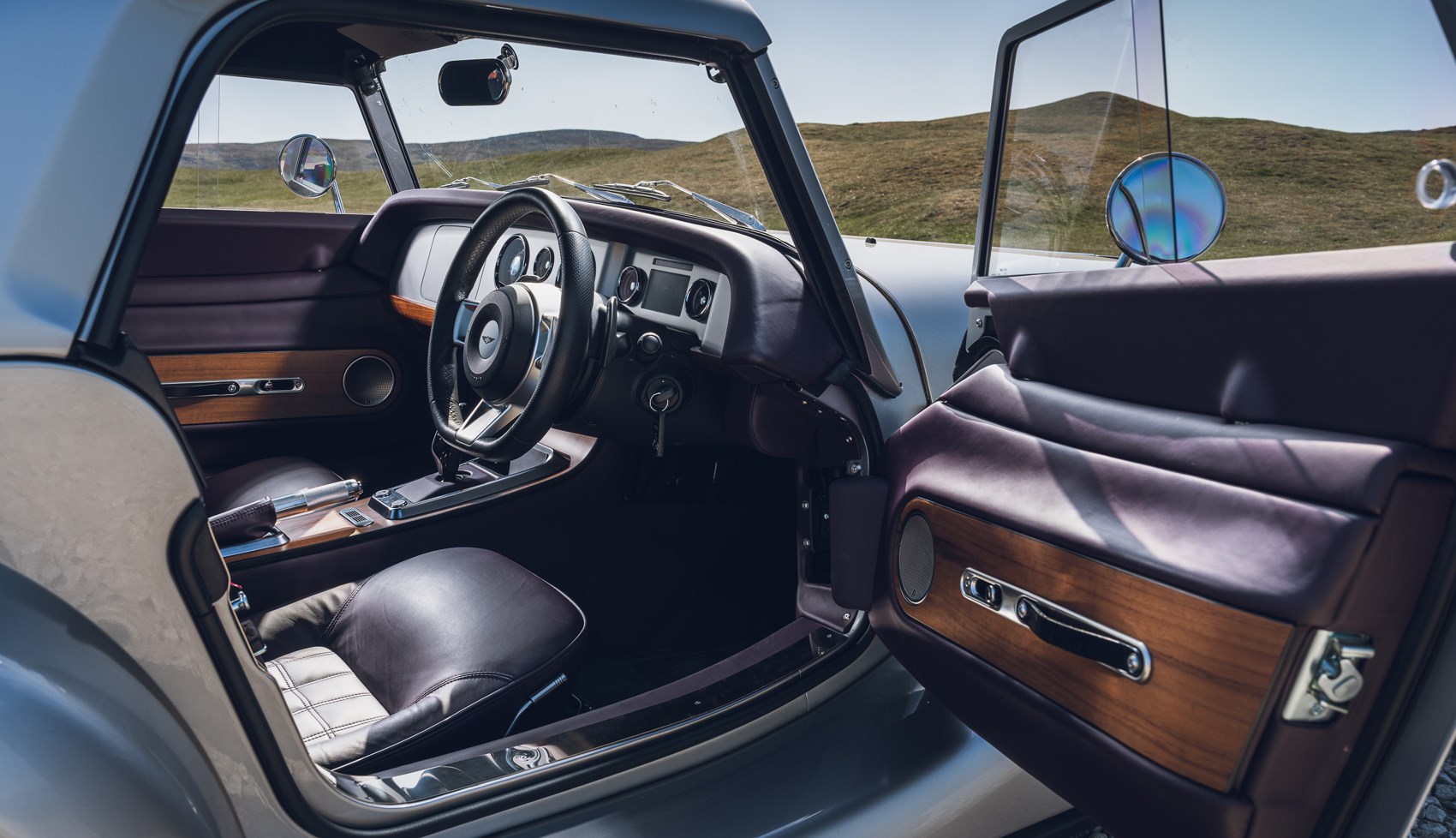
More than all this, though, is the way the interior design is so cohesive with its mix of wood, leather and metal. The digital dash looks good and matches well to the more traditional dials that are mounted in the middle of the dash. These include a speedo and rev counter but I found I hardly ever looked at them – all my information came from the neat digi screen in front of me.
You can’t get Apple CarPlay in the Morgan Supersport but it’s a mark of how modern the car is that we’re even talking about it. You can, though, link your phone music to the speakers and make calls thanks to hands-free Bluetooth. Morgan has invested in noise cancelling tech that should, in theory, make calls on the move possible; in reality, I’d be astounded if this was possible because the wind noise is still pretty bad at motorway speeds.
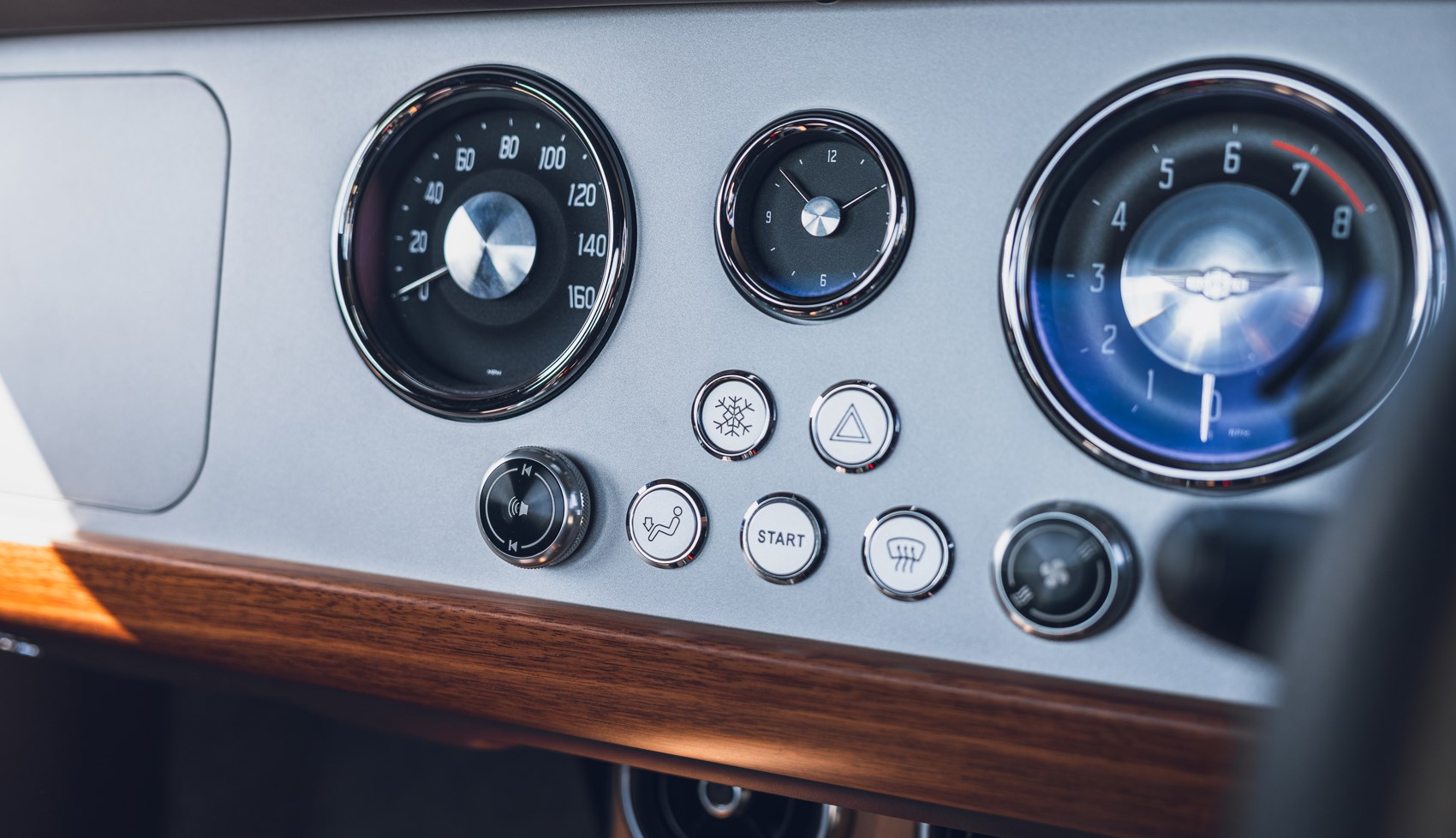
The Sennheiser sound system (£3600) is really good. Using actuators mounted directly to the chassis behind the dashboard, Sennheiser and Morgan has effectively created a speaker made out of a car’s chassis. The advantage is that you don’t need to pack the car with as many heavier speakers.
Before you buy
Be careful on the optional extras. Our car was beautifully kitted out and looked great, but had had £24,861 of spec added, taking the total price to a chunky £126,861. Annoyingly, I think you’d want most of those extras. A Morgan is never a necessary purchase, but the Supersport is a punchy luxury.
One thing you can’t get on it, though – wire wheels.
Verdict: Morgan Supersport
The most impressive British sports car I’ve ever been in? The Supersport is certainly up there, blending the eccentricity of Morgan with a car that you can actually live with. It feels like a car that’s happy in itself, with a cohesion and solidity that you never normally get out of a low volume sports car.
It’ll still be the alternative choice but now it’s a realistic one. Assuming your bank balance stretches that far, of course.